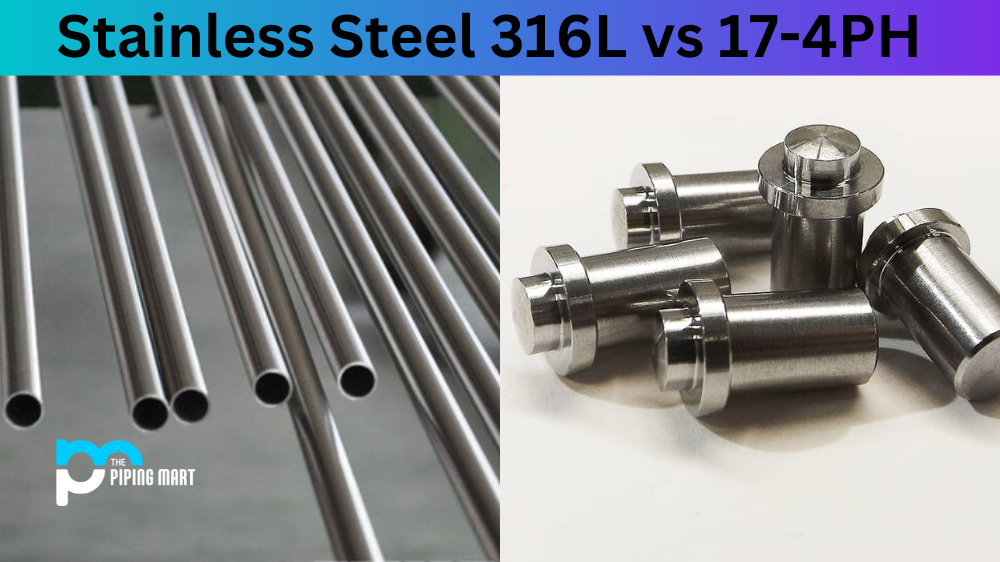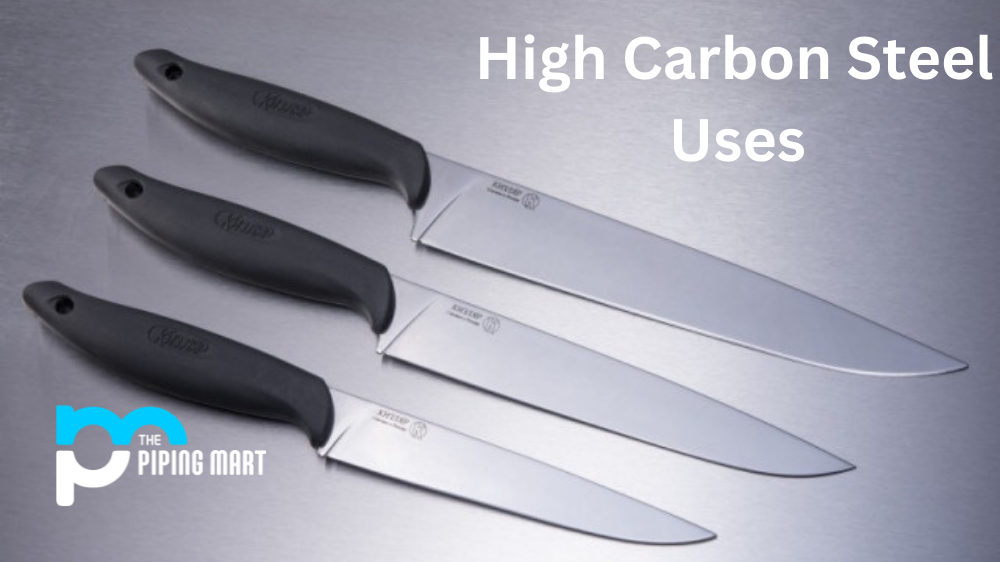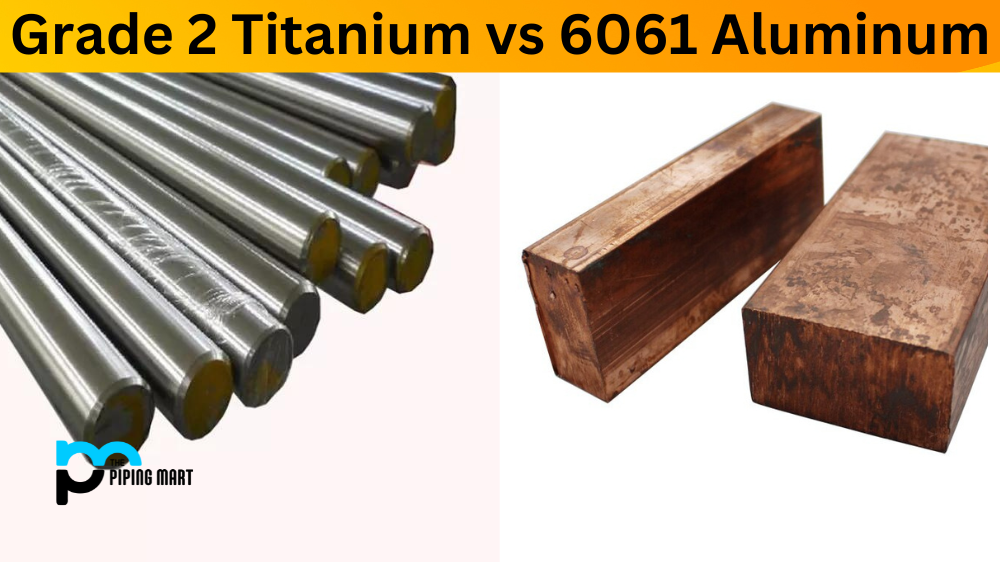Stainless steel is an alloy of iron and other elements that resist corrosion and rust. The most commonly used grades of stainless steel are 316L and 17-4PH. Both have different characteristics and properties that make them unique. This blog post aims to differentiate these two types of stainless steel and determine which is better for your project.
Difference Between Stainless Steel 316L and 17-4PH
Composition
The primary difference between 316L and 17-4PH is their composition. Stainless Steel 316L is austenitic stainless steel that contains chromium, nickel, and molybdenum. These elements make it highly resistant to corrosion and oxidation. In contrast, 17-4PH is precipitation-hardening stainless steel that contains chromium, nickel, copper, and traces of other elements. Its strength and hardness make it suitable for complex parts and applications.
Corrosion Resistance
316L has excellent corrosion resistance in a wide range of environments. It’s resistant to pitting, corrosion, and stress corrosion cracking. It’s also suitable for harsh conditions, such as marine environments, chemical and petrochemical plants, and medical devices. On the other hand, 17-4PH has moderate to good corrosion resistance. It’s most suitable for dry and clean areas with minimal exposure to moisture and corrosive agents.
Strength and Hardness
17-4PH has excellent strength and hardness compared to 316L. It’s a hardenable stainless steel that can be heat-treated to enhance its mechanical properties. It has a high level of strength, making it ideal for applications that require high load-bearing capabilities. In contrast, 316L has a lower strength and hardness level than 17-4PH. It’s more ductile and better suited for applications where flexibility is important.
Machinability
Stainless Steel 316L is comparatively more straightforward to machine than 17-4PH. The latter is a hardenable stainless steel that’s challenging to machine and requires specialised tooling and expertise. On the contrary, 316L is more flexible and can easily be cut, drilled, and machined. It’s ideal for small parts and intricate designs that require precision and accuracy.
Cost
The cost of stainless steel depends on factors such as composition, availability, and demand. Typically, 316L is more affordable than 17-4PH because of its simpler composition and wider availability. On the other hand, 17-4PH is more expensive because of its unique properties and specialised applications.
Conclusion
In conclusion, the choice between 316L and 17-4PH depends on several factors. If you need stainless steel with excellent corrosion resistance and flexibility, 316L is the best option. On the other hand, 17-4PH is ideal for applications where strength, hardness, and resistance to wear and corrosion are essential. Regardless of your choice, it’s recommended to consult with a stainless steel expert to ensure that you’re using the right type for your project.
Meet Heer, a dynamic and driven writer learning tricks of her trade in the metal industry. With a background in Digital Marketing, Heer brings a unique perspective to her writing, sharing valuable insights. Apart from blogging she like reading and hiking.




